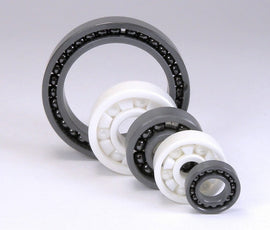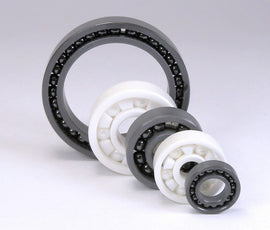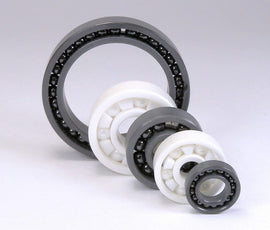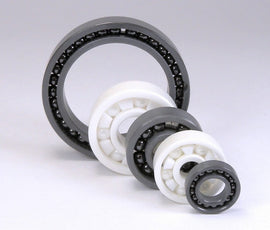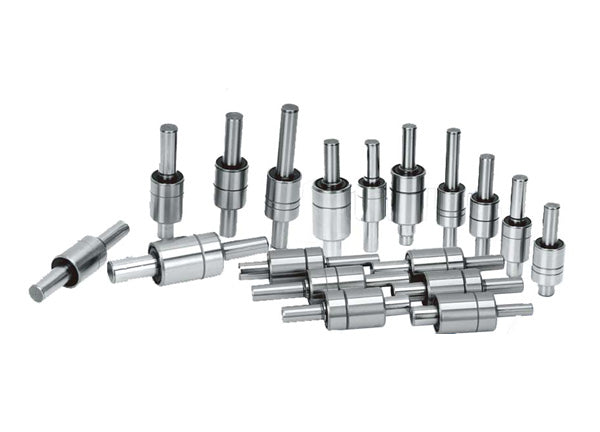The pump shaft sleeve is a cylindrical component fitted onto the pump shaft. Although seemingly simple in structure, it plays a critical role in the operation of the water pump. Its main functions can be summarized into the following aspects:
I. Protecting the Pump Shaft and Reducing Wear
This is the most fundamental function of the shaft sleeve.
During pump operation, friction is generated when the shaft directly contacts the sealing components (such as packing in a gland seal or the stationary ring in a mechanical seal). Pump shafts are typically made of high-grade steel; if the shaft itself is subjected to direct wear, it is difficult to repair and its precision will be compromised.
The shaft sleeve is made of a wear-resistant material (such as cast iron, bronze, stainless steel, etc.). When fitted onto the shaft, it is the sleeve, not the pump shaft, that contacts the sealing components. When the sleeve wears out to a certain extent due to friction, only the sleeve needs to be replaced, eliminating the need to replace the entire pump shaft. This significantly reduces maintenance costs and difficulty.
II. Auxiliary Sealing and Enhancing Sealing Effectiveness
In a packed gland sealing structure, the outer surface of the shaft sleeve is precisely machined to tightly fit the packing, forming a uniform sealing surface that reduces the leakage of media between the shaft and the packing.
Some shaft sleeves are designed with grooves or steps which can guide the distribution of sealing water (if used) or store a small amount of media to form a liquid film, further enhancing the sealing performance.
III. Positioning and Guiding to Ensure Component Coaxiality
The shaft sleeve is fitted onto the pump shaft via an interference fit or positioned against a shaft shoulder. It serves an axial positioning role for rotating components such as the impeller and bearings, preventing them from moving (shifting) along the shaft.
Furthermore, the sleeve’s high precision in cylindricity and coaxiality helps ensure the concentricity of components like the impeller and seals with the pump shaft, reducing vibration and wear caused by eccentricity.
IV. Isolating the Medium and Preventing Shaft Corrosion
When the pump is transporting corrosive liquids (such as acid-base solutions, seawater, etc.), the shaft sleeve isolates the pump shaft from the medium, preventing the pump shaft from being corroded.
The shaft sleeve is selected from corrosion-resistant materials (such as stainless steel, Hastelloy, etc.) that can withstand the chemical attack of the medium, thereby protecting the pump shaft, which is a core component, from damage.
Conclusion
Through its four key functions—wear protection, auxiliary sealing, positioning/guiding, and corrosion isolation—the pump shaft sleeve indirectly ensures the stable operation of the pump and extends the service life of both the pump shaft and the sealing system. It is an indispensable "consumable yet critical" component in a water pump. In practical applications, the appropriate sleeve material must be selected based on the nature of the conveyed medium (temperature, corrosivity, solid content, etc.), and its wear status should be regularly inspected and replaced promptly to prevent potential failure.

